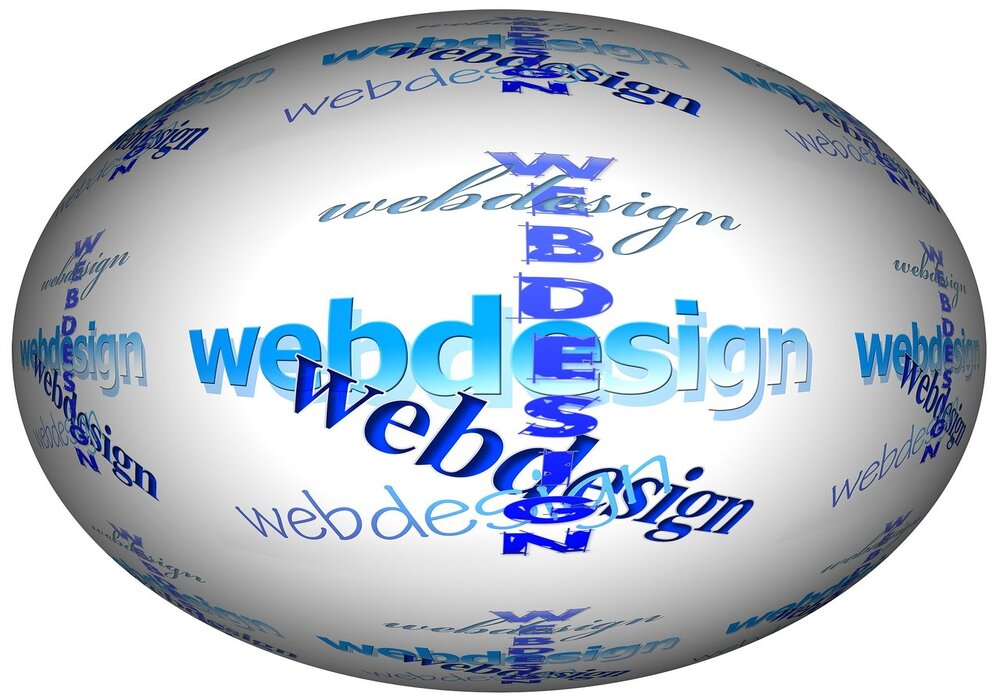Web design is constantly evolving, driven by the rapid advancements in technology and user expectations. As we move further into the digital age, web design is no longer just about aesthetics but also about creating intuitive, engaging, and accessible user experiences. With emerging technologies and innovations, the future of web design promises to be even more dynamic, offering endless possibilities for businesses, designers, and users alike. In this blog, we’ll explore the key trends and innovations shaping the future of web design.
1. Artificial Intelligence (AI) and Machine Learning
AI and machine learning are already making waves in web design, and their influence will only grow in the coming years. These technologies can be leveraged to create personalized user experiences by analyzing user behavior and preferences. AI-powered tools can automate repetitive tasks, such as generating design layouts, optimizing images, and creating content.
For instance, AI-based design tools like Adobe Sensei and Wix’s ADI (Artificial Design Intelligence) can create basic websites by gathering user information and generating appropriate layouts. In the future, AI will play a pivotal role in creating websites that adapt in real-time to user interactions, making web experiences more fluid and tailored.
2. Voice User Interface (VUI)
With the rise of voice assistants like Amazon Alexa, Google Assistant, and Apple’s Siri, voice user interfaces (VUI) are gaining popularity. In the future, websites will need to accommodate voice-based interactions, allowing users to navigate and interact with content using voice commands.
Designing for voice search requires a shift from traditional text-based search to natural language processing (NLP). Web designers will need to focus on optimizing websites for voice search by creating conversational content and improving accessibility for users who rely on voice commands. The integration of VUI can lead to seamless hands-free browsing experiences, making websites more accessible and user-friendly.
3. Augmented Reality (AR) and Virtual Reality (VR)
AR and VR are transforming the way users interact with digital content, and these technologies are becoming more prevalent in web design. As AR and VR technology continues to advance, websites will incorporate immersive experiences that blur the line between the digital and physical worlds.
For e-commerce sites, AR can allow users to “try on” clothes or visualize how furniture would look in their homes before making a purchase. VR can be used to create fully immersive environments, providing users with engaging virtual tours of products, services, or real estate properties. In the future, these technologies will not only enhance user engagement but also provide new opportunities for storytelling and product visualization.
4. Motion Design and Microinteractions
Motion design is becoming a crucial aspect of modern web design, and its role will continue to expand in the future. Motion graphics, animations, and microinteractions are used to create engaging user experiences, providing feedback, guiding users, and making interfaces feel more dynamic and alive.
Microinteractions, such as hover effects, button animations, and loading indicators, enhance the overall user experience by making interactions feel smooth and responsive. In the future, we can expect more advanced and interactive animations that go beyond aesthetics, providing functional and engaging ways to interact with websites.
5. Progressive Web Apps (PWAs)
Progressive Web Apps (PWAs) represent the future of mobile-first web design. PWAs combine the best of both web and mobile apps, offering users a fast, reliable, and engaging experience without the need to download an app from an app store. PWAs are designed to work on any device or platform, providing offline capabilities, push notifications, and instant loading times.
In the future, PWAs will become the standard for mobile web design, offering a more seamless and efficient user experience. As internet speeds improve and mobile device usage continues to rise, businesses will increasingly adopt PWAs to provide users with app-like experiences directly from their browsers.
6. 3D Elements and Immersive Design
3D elements and immersive design are taking web design to the next level, offering users visually stunning experiences. With advancements in web technologies like WebGL, designers can now integrate 3D graphics directly into websites without compromising performance.
Incorporating 3D elements, such as product models, interactive illustrations, and virtual environments, can make websites more engaging and help businesses showcase their products or services in a unique way. As technology improves, we can expect more websites to embrace 3D and immersive design, creating experiences that captivate users and set brands apart from the competition.
7. Chatbots and Conversational Design
Chatbots have become an essential tool for improving customer service and engagement on websites. Powered by AI, chatbots can handle customer queries, provide product recommendations, and even assist with the purchasing process. In the future, chatbots will become more sophisticated, offering human-like interactions and deeper integrations with various services.
Conversational design focuses on creating intuitive and natural interactions between users and chatbots, improving user experiences by mimicking human communication. As chatbots become smarter, websites will be able to provide personalized, real-time support, enhancing customer satisfaction and driving conversions.
8. Minimalism and Dark Mode
With its emphasis on clear, uncomplicated interfaces that put usability first, minimalism is still a popular trend in online design. The “less is more” approach will persist in the future, with designers opting for uncluttered layouts, ample white space, and bold typography to create a smooth and focused user experience.
Dark mode, which reduces eye strain and saves battery life, has also gained popularity across websites and apps. In the future, more websites will offer users the option to switch between light and dark modes, providing flexibility and catering to user preferences.
9. WebAssembly
WebAssembly is an emerging web standard that allows developers to write high-performance applications that run in browsers at near-native speeds. This technology enables complex applications, such as games, video editing software, and graphic-intensive applications, to run seamlessly on the web without relying on traditional programming languages like JavaScript.
As WebAssembly adoption increases, it will revolutionize web design by making it possible to create highly interactive, resource-intensive applications directly in the browser. This opens up new possibilities for web developers and designers, allowing for more powerful and sophisticated web experiences.
10. The Rise of No-Code and Low-Code Platforms
No-code and low-code platforms are empowering non-developers to create websites and applications without needing extensive programming knowledge. These platforms, such as Webflow and Bubble, allow designers to build complex websites using intuitive drag-and-drop interfaces, reducing development time and costs.
In the future, no-code and low-code platforms will democratize web design, making it accessible to a wider audience. This will lead to a surge in creative, unique websites, as individuals and small businesses can build custom websites without relying on developers.
Conclusion
The future of website design is incredibly exciting, driven by emerging technologies and innovations that are transforming the way we interact with digital content. From AI and VR to motion design and PWAs, the possibilities are endless. As technology continues to evolve, web designers and businesses must stay agile, embracing these trends to create immersive, efficient, and user-friendly websites that stand out in a competitive digital landscape.
Sachin Agrawal is an Enterprise Architect and heads up Business & Technology at Tarika Tech. He carries expertise and a flair for writing on Management Consulting, Software & Analytics and Digital Media. Apart from distilling his technical ideas into creating innovative solutions, he is a practitioner of Haidong Gumdo and at his leisure, taps the Cajon and strums his Guitar!



